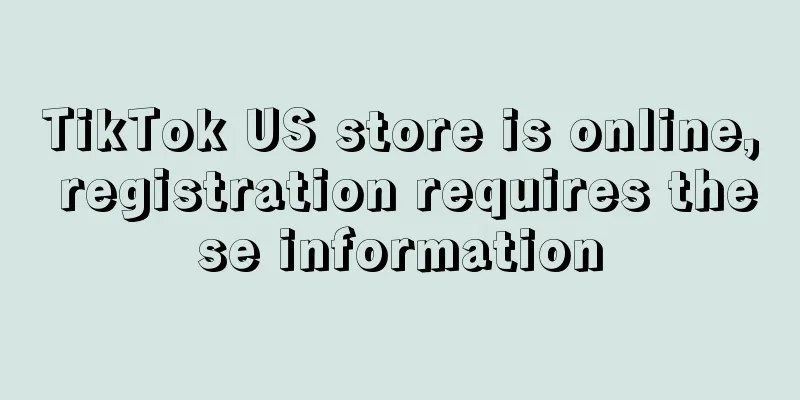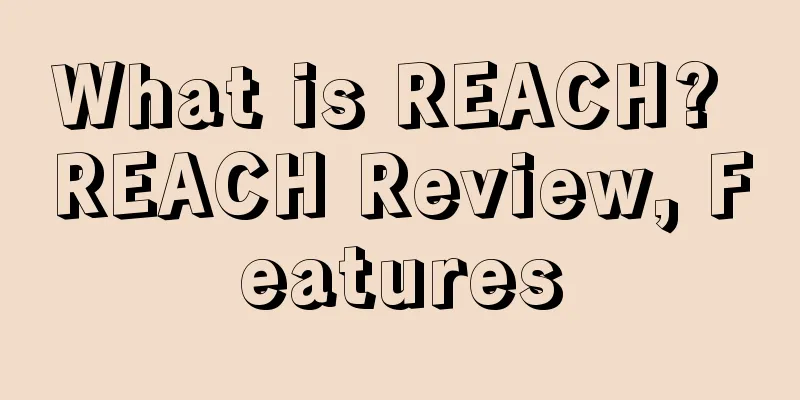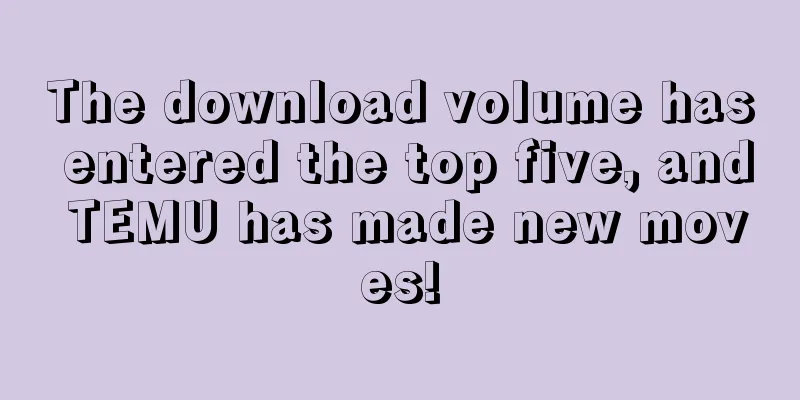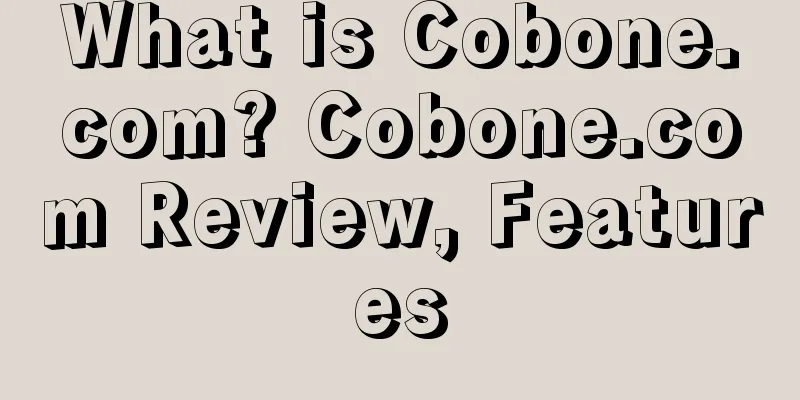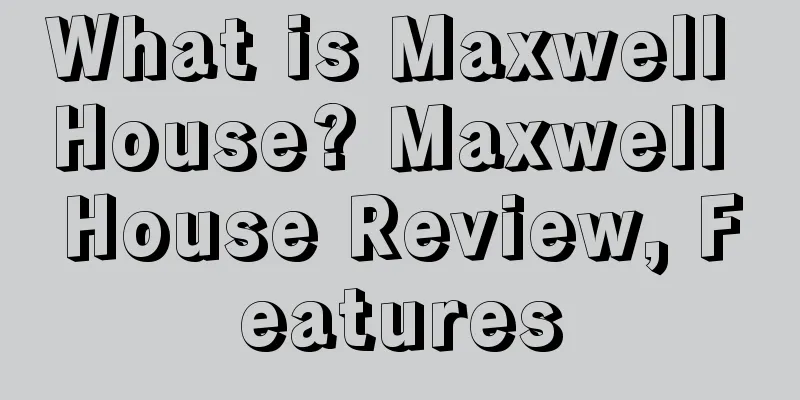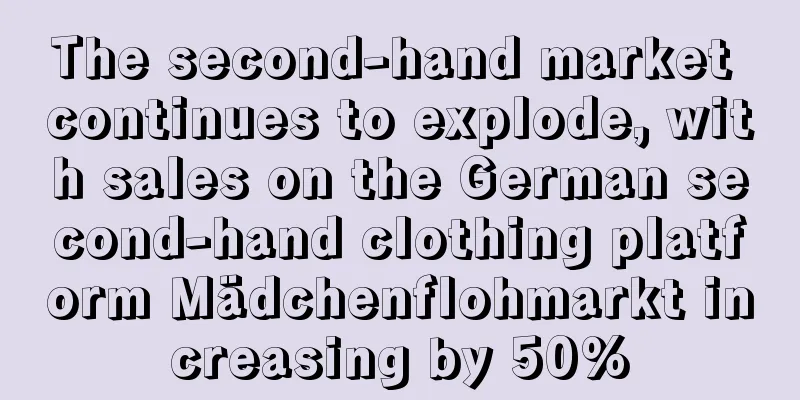Overseas brands that create panic and sell anxiety

|
"No matter how you look at it, it looks like a product that is just a waste of money. How did such a product become a super hit?" Luo Yonghao once said at a press conference that according to a British survey test, the number of bacteria carried by an average mobile phone is 10 times the number of bacteria in a toilet! The statement that "cell phones are dirtier than toilets" does have some scientific basis. Mobile phones are one of the items we come into close contact with every day. Bacteria and viruses can easily spread to the surface of mobile phones through contact. In addition, mobile phones are placed on the surfaces of various public areas, such as desktops, public transportation, dining tables, etc. These surfaces may be contaminated by bacteria and viruses brought by other people. These contaminants can be transmitted to mobile phones through contact. It makes sense that your phone needs to be cleaned regularly! But how much will we consumers spend to clean our phones? Will anyone pay $80 for it? This is a bit magical! The case we are going to look at today, PhoneSoap, is one of the most successful projects on the American entrepreneurial reality show Shark Tank. How to convince the public to buy a dispensable, non-essential product? PhoneSoap cleverly used fear marketing as a promotional point. We use this case to interpret the consumer shopping process and the principles behind fear marketing. PhoneSoap is a brand that specializes in producing mobile phone disinfection equipment. Founder Dan Barnes accidentally learned during a trip that his mobile phone was dirtier than the toilet seat in a public restroom, and that mobile phones are potential vectors for bacteria and viruses. This prompted him and his partner Wes LaPorte to develop a convenient and easy-to-use mobile phone disinfection device that can effectively eliminate bacteria and viruses on the surface of the phone. The PhoneSoap device is shaped like a small box with an internal compartment for a phone. Users simply place the phone in the compartment, close the lid of the device, and turn it on. The built-in UV light automatically turns on, irradiating the surface of the phone to kill bacteria and viruses. At the same time, the device is also equipped with a charging function, which can charge the phone while disinfecting it. This product appears to be a solution to something that could pose serious hygiene and health risks. But the question is, will consumers pay for it? If you want to clean and disinfect your phone, wouldn’t alcohol wipes, which are so cheap that the cost is negligible, work? At the beginning of the business, the founder appeared on the entrepreneurial reality show Shark Tank to seek financing. During the show, several investors also questioned whether this type of product could be accepted by the market. “Most consumers are relatively lazy, and I’m not sure they’ll spend money on such a minor issue,” said investment mogul Robert Herjavec. However, there are still several investors who believe that PhoneSoap is a product with great potential. One of the investors, Cuban, believes that although the prospects of the 2C market are questionable, in the 2B market (medical institutions, etc.), the commercial value logic of purchasing this type of equipment to disinfect and sterilize the mobile phones of mobile customers is completely valid. The queen of TV shopping, Lori Greiner, firmly believes in the huge potential of the 2C market for this product. "I think if I could take this product and promote it on my infomercial, I could sell it for hundreds of thousands of dollars," she said. PhoneSoap, which eventually received investment from Lori Greiner, proved to be a popular product. During Lori's TV shopping show, sales exceeded 250,000 units per day at its peak. During the epidemic, PhoneSoap was unsurprisingly a hit, and even in 2022, after the epidemic, annual sales were still as high as $13 million. PhoneSoap's success is not only due to its unique product, but the professional marketing team behind it knows very well what message to convey to convince consumers to buy such a dispensable and non-essential product. On TikTok, PhoneSoap has created a video series called "How germy is it?" In order to give people a more intuitive sense of how dirty hand dryers in public places are, the PhoneSoap content team went to several restrooms in gas stations, movie theaters, and stores, and placed a petri dish under the hand dryer to collect samples. All the petri dishes were then placed in an incubator for bacterial culture, and the petri dishes were removed after 3 days to observe bacterial growth. It is highly recommended not to watch it after meals. The rampant growth of bacterial spots is shocking and disgusting to the naked eye! The video series “How germy is it?” has received a huge amount of views. So, what is the purpose of the PhoneSoap marketing team in making this series of videos? What is the logic behind it? This content idea is a classic fear marketing strategy, which aims to drive sales of products or services by stimulating people’s inner fear and insecurity. This strategy often uses people’s concerns about potential threats, risks, or unpleasant experiences to evoke an emotional response and inspire purchasing behavior. Generally speaking, the consumer shopping process can be summarized into the following stages: Awareness stage (Problem or need recognition): At this stage, consumers will learn about the existence of problems or risks through various channels (such as advertising, word of mouth, social media, etc.). Only when the needs are awakened will consumers actively search for information and consciously look for solutions to meet their needs. Research phase (Information search): Once consumers realize they have a need or want to solve a problem, they will begin to research. This phase involves collecting and comparing information about various products or services, such as price, features, quality, brand reputation, etc. They may check product reviews, browse product descriptions, and compare options from different brands or merchants to help them make a decision. Evaluation of alternatives: In this stage, consumers evaluate the information they have gathered and weigh the various options. Purchase: Once consumers have completed their evaluation and determined the best option, they make a purchase decision. Post-purchase behavior: After the purchase is complete, consumers will evaluate and experience the purchased product or service. They may provide feedback, write reviews, or interact with the brand or merchant. This may affect their future purchase decisions and brand loyalty. The PhoneSoap marketing team uses fear marketing tactics to target the "awareness stage" or "problem identification" of the shopping process. This series of content uses very intuitive and visually impactful experimental presentations to stimulate people's inner fear and anxiety, emphasize the seriousness of the problem, and prompt consumers to feel the urgent need to solve the problem. The before-and-after comparison of the growth of bacterial spots in the petri dish is intuitive and disgusting, and very effectively triggers unpleasant emotions such as fear and anxiety in the audience. Just imagine, if most consumers are unaware that the environment around them is full of bacteria and poses a health risk, how could they be willing to pay dozens of dollars for a seemingly useless mobile phone sterilizer? The PhoneSoap marketing team’s fear marketing strategy gave a clear scenario (a public bathroom), using before-and-after comparisons to make consumers perceive potential risks and hazards as unbearable, in order to pave the way for the audience to purchase. Routines, all routines! |
<<: The maximum amount is 2 million! Amazon is going to lend money to sellers again
Recommend
What is Tuowei Baishunda? Tuowei Baishunda Review, Features
Tuowei Baishunda (Shenzhen Tuowei Baishunda Intern...
What is Bumble? Bumble Review, Features
Bumble, a dating social network, has become the le...
Temu is rising in another country, and local platforms are fighting back!
Amid rising prices and high commodity inflation i...
With a compound annual growth rate of over 100%, Amazon's top-selling product category shows its strengths
It is the goal of almost all Amazon sellers to ha...
Amazon, Walmart asked to reduce excessive packaging of goods
While e-commerce makes our daily shopping more co...
What is Cross-border No.1 Store? Cross-border No.1 Store Review, Features
No.1 Cross-border Store is an online retail platfo...
Cross-border e-commerce has a "lively start" in preparing for the Spring Festival, with the number of New Year gift boxes entering Cainiao's overseas warehouses increasing by nearly 30 times
As the Chinese New Year approaches, products with...
New trend! AliExpress becomes the first cross-border e-commerce platform to open optician recruitment
Eyeglasses can now be exported to overseas market...
What is Weimeng Media? Weimeng Media Review, Features
Weimeng Media was founded in 2011. Driven by big ...
Breaking news! A large number of Amazon links were misjudged
Yesterday, a large number of links were suddenly ...
101% growth! Argentina's e-commerce during the pandemic
According to the latest data released by the Arge...
Best Buy's third-quarter online sales fell 10.1% year-over-year
Recently, Best Buy announced that its online reve...
Win! Shenzhen cross-border company received two more rounds of financing
In recent years, the robotics sector has continue...
Investors call on Amazon to increase tax transparency
Two dozen institutional investors are pressuring ...
What is Review, Features? Review, Features
Pinglais Professional Evaluation is a refined com...

